The first thing anyone tells you about Shenzhen, the city in southern China that borders Hong Kong and has a population of at least 12 million, is that it was once a sleepy fishing village.
As with its neighbor, which began British colonial life as an unpromising rocky outcrop in the South China Sea (“Albert is so much amused at my having got the island of Hong Kong,” wrote Queen Victoria in 1841, of her imperial bauble), the tale of an unpromising beginning emphasizes the vast distance traveled.
In Shenzhen’s case, being a dozy backwater was, partly, the point. When Deng Xiaoping, China’s premier and the architect of its reform and opening, announced in 1979 that Shenzhen would be China’s first Special Economic Zone, he hoped that it could become the country’s “window.” If the plan failed, however, the collapse of “such a small area” wouldn’t affect China’s development.
Shenzhen then and now
The plan did not fail. You’ve almost certainly got a Shenzhen-made product within a few feet of you – perhaps in your hand, as you’re reading this.
The city, and its hinterland, has become the globe’s tech-manufacturing capital, home to the headquarters of giants such as Tencent and Huawei. In 2016 alone, Shenzhen built and finished 11 new skyscrapers (buildings over 200 meters tall) – more than were completed in the entire United States that year. And the city once famous for churning out copycat products is now home to an arts scene strong enough to convince the UK’s prestigious Victoria and Albert Museum (V&A) to open its first foreign collaboration here.
Shenzhen, in short, has a new identity.
The V&A in Shenzhen
The V&A Museum’s arrival in Shenzhen last month marked the first collaboration of its kind between an international museum and a Chinese partner.
The letters V and A stand for Victoria and Albert, the royal pair so tickled by the unexpected acquisition of Hong Kong in 1841. A decade later, in 1851, Prince Albert organized the Great Exhibition of the Works of Industry of All Nations, which took place in the empire’s capital. What would become the V&A opened the following year. It was initially called the Museum of Manufactures so its presence in what was, not so long ago, the world’s factory is particularly apt.

It has to be said the Shenzhen museum’s initial footprint is tiny – about 250 objects out of a permanent collection of 2.3 million. But to its staff and to the UK government (Lord Ashton of Hyde, parliamentary under-secretary at the Department for Digital Culture, Media & Sport, was in attendance as its representative), this small step carries significant weight.
“We want the V&A brand in front of the biggest audience we can think of,” said Tim Reeve, the museum’s deputy director. “And if that means more Chinese visitors in South Kensington (the museum’s London address) – great. It’s important for the UK.”
The museum’s China address is a corner gallery on the ground floor of the new Sea World Culture and Arts Center – a name which, to Western ears, suggests trained whales and dolphins. Sea World, however, is the entertainment quarter of Shekou, an area long popular with expats in Shenzhen. It’s been exclusively developed by China Merchants Shekou Holding (CMSK), a division of China Merchants Group.
China Merchants, which is state-owned but based in Hong Kong, is used to pioneering steps. In the 19th century, it set up China’s first merchant fleet, first Chinese bank and first Chinese insurance company. It’s also nimble. Having survived China’s 20th century, it’s now a financial powerhouse.
The Design Society
In 2011, CMSK and the V&A, which had been tentatively toe-testing China’s waters for a while, were introduced. In 2014, the V&A signed an initial five-year agreement as a founding partner of Design Society, the entity that now operates the new arts center. As well as having its own designated gallery, the V&A has undertaken to provide advice and training, and will bring out two touring exhibitions.
“The Abu Dhabi (Louvre) and Guggenheim model isn’t appropriate for us,” said Reeve, referring to large-scale collaborations by famous museums that have exported names and collections. “We want it to be a partnership, partly because we can’t do it on our own but also because we wanted a conversation. It’s not about parachuting in.”
The brevity of the initial contract, however, effectively means that unless a mutual extension is agreed, the V&A’s presence will be less than two years. Above Reeve’s head, in the center’s new café (actually called Extra Time, but completely separate from the gallery) there happened to be a shifting LED map entitled Magical Geography by Beijing-based artist Qiu Zhijie.

It featured a mythical maritime landscape: an island labeled Knowledge is Power, for instance, and various tracts of water, including one called Sea of Boundary Dispute. Given China’s current political entanglements in the South China Sea, how open can such a conversation be?
“Our concept has not been subject to what you’d describe as censorship,” replied Reeve. Self-censorship? “Nope. There’s been no interference. We’re telling the story we want to tell. For example there’s a piece in the collection relating to the Women’s Suffrage Movement. We thought there might be a problem but we wanted to include it.”
Mao famously stated, as proof of his support for female equality, that “women hold up half the sky”, so this concern perhaps says more about foreign perceptions of China than its reality. But the fact that the usual social-media platforms employed by the V&A to promote its exhibitions – Facebook, Twitter, Google – are all banned in China might, surely, be considered more problematic.
“You have to respect your hosts,” said Reeve, calmly. “I don’t think we’ve found that overly-restrictive. We’ve been able to go where we want, talk to who we want, without fear or favor.”
Made in Shenzhen
The V&A’s exhibition, Values of Design, which runs until August 2019, aims to show how the value placed on design shapes culture and lives. About a fifth of the objects on display were deliberately sourced in Shenzhen. These include a working model of WeChat – China’s own staggeringly popular social-media app, which was developed in 2010 by Shenzhen-based Tencent, one of the world’s largest tech companies. The demo version was specially made by Tencent, and is the first social-media application to be collected by any museum. (It went on display in South Kensington in September.)
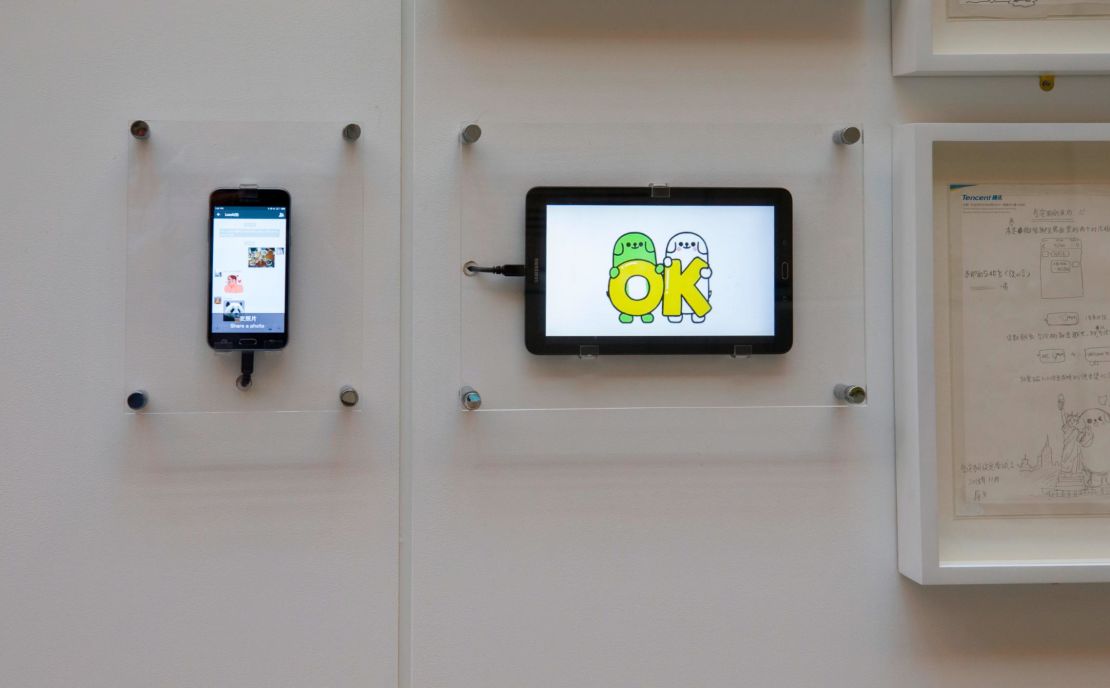
“We think we’re so savvy with WhatsApp and Twitter, but when you see people’s lives here being run by WeChat,” marveled Reeve. “If you took WeChat away, all these businesses would collapse. It was important for us to acquire it.”
And so it sits, scrolling and flickering to itself, in one of the new vitrines. Another Shenzhen exhibit is Tencent’s Mon Mon toy. Naturally, it’s linked to WeChat – a child squeezing its cuddly tummy can send voice messages to a parent working far from home or all night at a factory.
Set within a display case, Mon Mon tells something of Shenzhen’s story, as does the city’s school uniform, a fake iPhone – copied but tweaked, the buttons enlarged for the elderly – and a drone, already being manufactured in 2013 by DJI, a Shenzhen-based company.
The idea is that local visitors, at whom the exhibition is primarily aimed, can place their city’s extraordinary innovation within a wider context. The objects from the V&A’s London collection deliberately emphasize design’s range, from an Alexander McQueen dress (a nudge-reminder of the V&A’s Savage Beauty exhibition in 2015, the most popular in the museum’s history) to The Popish Plot Playing Cards from 1679, which depict a fictitious Catholic conspiracy to kill England’s King Charles II.
That sample of fake news is in a section called Influencing Opinion, alongside a poster from the 1980s Solidarity movement in Poland featuring three generations of men. The boy is meant to symbolize the first generation, who might have the chance to grow up in a democratic country, states the adjacent (bilingual) caption.
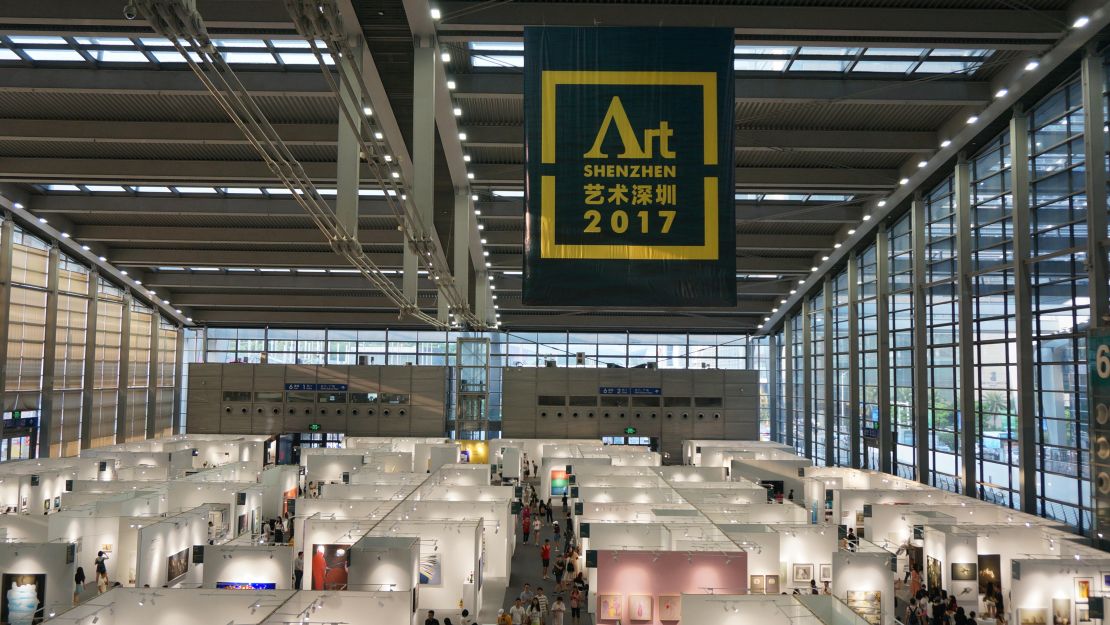
“People told us it doesn’t matter if it’s not about China,” explained Brendan Cormier, the gallery’s lead curator. “I wanted it in because it’s a brilliant piece of design.” His self-censorship moments related not to government but to sexual politics: he decided that a Levi’s image featuring naked female buttocks was a “gross” choice by a male curator and said goodbye to Eva Herzigova’s ‘Hello Boys’ Wonderbra ad.
Mapping Shenzhen
At the 2013 Bi-City Biennale of Urbanism\Architecture, simultaneously held in Shenzhen and Hong Kong, the V&A had a small show in Shenzhen called Rapid Response Collecting. The title was a reference to the museum’s recent strategy of acquiring objects – e.g. a burkini, Katy Perry’s false eyelashes, a 3D-printed handgun – that reflect moments of design history.
That year, the Biennale’s Shenzhen creative director was Ole Bouman, a critic and curator from the Netherlands. He transformed an abandoned building into a cultural center. “It was a factory that made the glass for cars and skyscrapers, the core material of Shenzhen,” he recalled. “And it was almost an alchemical moment, this shaping the space into something new for modern society.”
Now, as Design Society’s director, he’s hoping to continue such remoulding. In this, he’s assisted by China’s own examination of what design can mean, specifically to the economy. Central government in Beijing has realized that true profit comes with innovation not just manufacturing. The crucial top-down concept these days, approved by President Xi Jinping, is to shift from ‘Made in China’ to ‘Created in China’.
On the V&A website, Cormier quotes the figures: in 2012 alone, 547,000 students in China enrolled on design courses; in 2014, 415 museums opened, bringing the country’s total to 4,510 most of them less than a decade old. In China, numbers are always astonishing. But as one of Design Society’s educational-outreach staff remarked, it will take time to persuade Shenzhen’s public schools – weighted by China’s age-old, highly-pressurized academic system – that museum outings also have merit.
“In China, something quite particular is at stake,” said Bouman, shaping the very air around him with his emphatic hands. “It’s the tension between the linear build-up of thought, as tested by examinations, and the curvilinear development of creativity, which doesn’t work that way. And it’s being played out in this society. It’s unpredictable where it ends.”
The first Shenzhen metro line opened in 2004. Today there are eight lines (three more are being built) and the metro map tells a specific tale. The Window of the World, a 1993 theme park starring, among other architectural surprises, mini-versions of the Eiffel Tower and the Taj Mahal, has a station; other stops are named Grand Theater, Hi-Tech Park, Science Museum, University Town, Convention & Exhibition Center. It’s as if the city is flinging out stepping-stones to mark its journey as it rushes its fellow passengers into the future.
Trains have compartments pink-labeled Priority Carriages for Women. Watch out for Pinching, warn the signs; but they refer to the closing doors. When you see an older person reading an actual book, it’s a shock. In this society, everything is done on a phone.
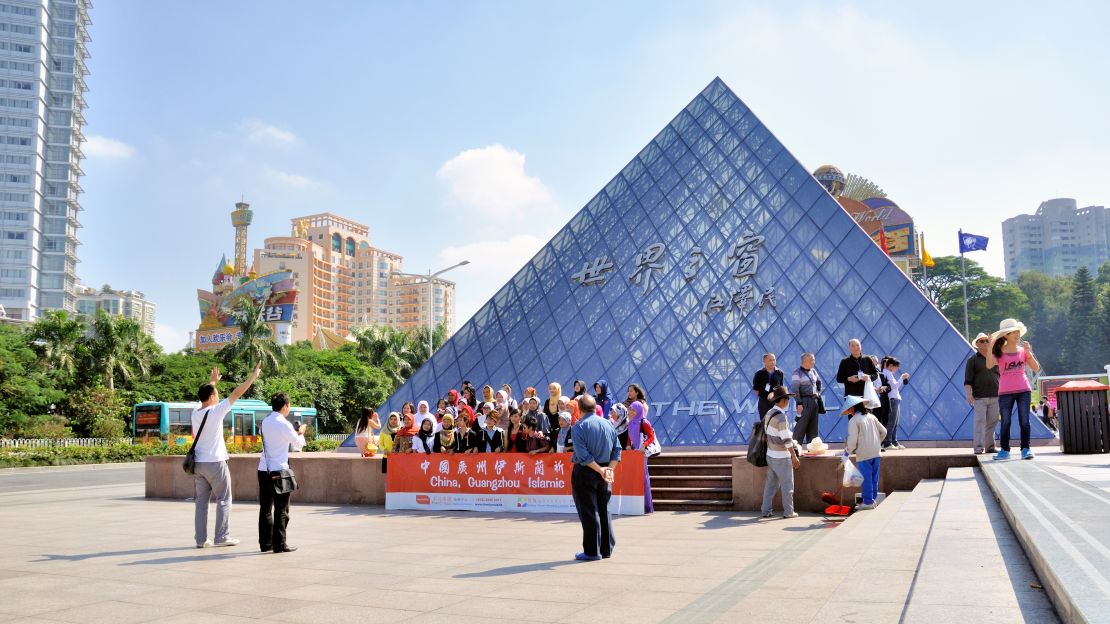
Penniless and proud
In his office, one recent morning, Matt Cole emptied out his pockets to prove he was penniless. All his financial transactions, from buying coffees and taxi rides to renting one of the brightly-colored bikes scattered across Shenzhen, are done through WeChat. “I haven’t handled cash for three months,” he said. “I might have some Hong Kong notes but that’s one of the frustrating things about Hong Kong.”
Cole is managing director of m.a.d. furniture design. He’s also Hong Kong-born (of British parents), a fluent Mandarin speaker and has seen Shenzhen morph from a chaotic frontier-town to an established, efficient city of pleasant parks, electric (and, if current trials are successful, driverless) buses and such world-class architecture as the Ping An International Finance Center and the Shenzhen Stock Exchange.
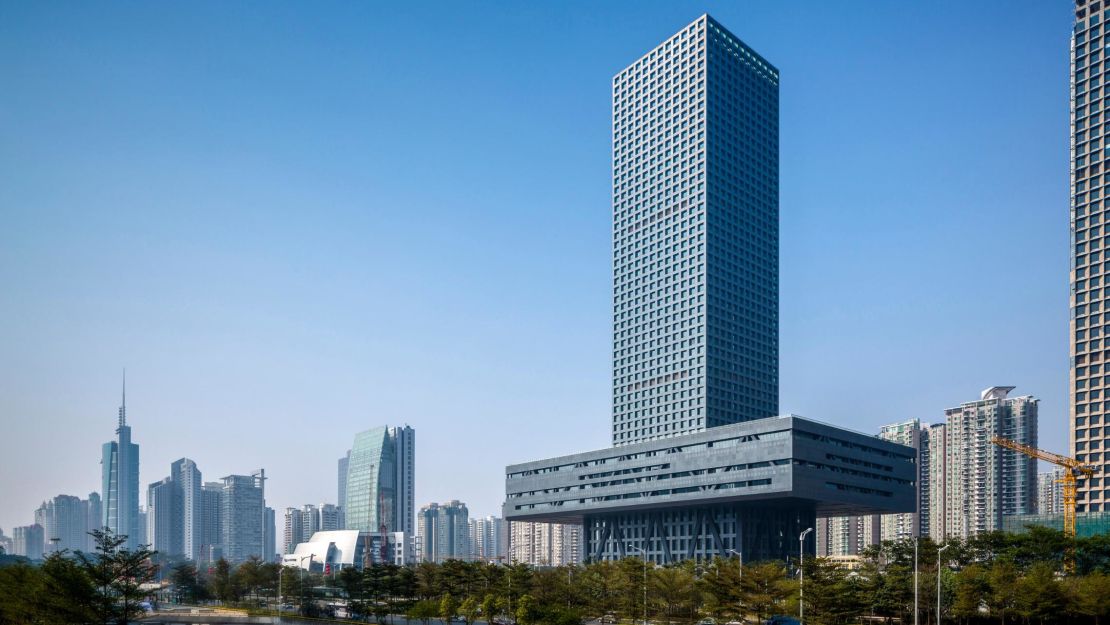
He always had “a design-led mind,” he said, and when a British family friend asked him to work on product development in a Shenzhen furniture factory, he crossed the border. That was 2001. In those days, factories existed within Shenzhen’s city limits; they’ve since been pushed further out.
He started m.a.d. with a friend, Dan Given, in 2010. (Like the V&A, the company name refers to their initials.) Their chairs are in Dropbox’s library in San Francisco and in Airbnb’s offices in Dublin and San Francisco. But true opportunity lies within China. “Suddenly, at a furniture exhibition in Shanghai in September, we sensed the time had come,” he said. “The middle-class is ready. It’s more discerning and it’s looking for better design products. It’s a great time to be here. If you set up your stall in China, the world comes to you.”
Critical mass
In 2008, Shenzhen was appointed a Unesco City of Design. Strictly speaking, the designation is applied for rather than awarded; as Cormier put it: “That was more a symbol of ambition.”
A decade on, the label looks better-earned. Last April, Shenzhen held its first Design Week. It’s on the Maker Faire circuit. It has a spectacular new Museum of Contemporary Art and Planning Exhibition – or at least a spectacular building; no date has been set for its actual opening. While that’s pending, there’s OCT Contemporary Art Terminal which, since 2005 has not only built a reputation for excellence in Shenzhen, it’s exported itself to other cities in China.

In Hong Kong, however, the image of the former colony as a place where things get done has taken a pummeling. Major projects such as West Kowloon Cultural District (WKCD) – Hong Kong’s new arts and culture hub – and transport links have been expensively delayed. These days, artists and performers tend to bypass Hong Kong and head straight for China. This autumn, for instance, the German tenor Jonas Kaufman sang in the opera-houses and concert halls of Shenzhen, Guangzhou, Beijing and Shanghai but not in Hong Kong.
Hong Kongers complain that innovation is being stifled by bureaucracy, insane rents and generational pressures. The Special Administrative Region’s government is seen as too busy trying to second-guess what Central government wants to consider locals’ opinions. When it was announced, without public consultation, that artifacts from the Palace Museum in Beijing would have their own museum (due to open in 2022) as part of WKCD, there was an outcry.
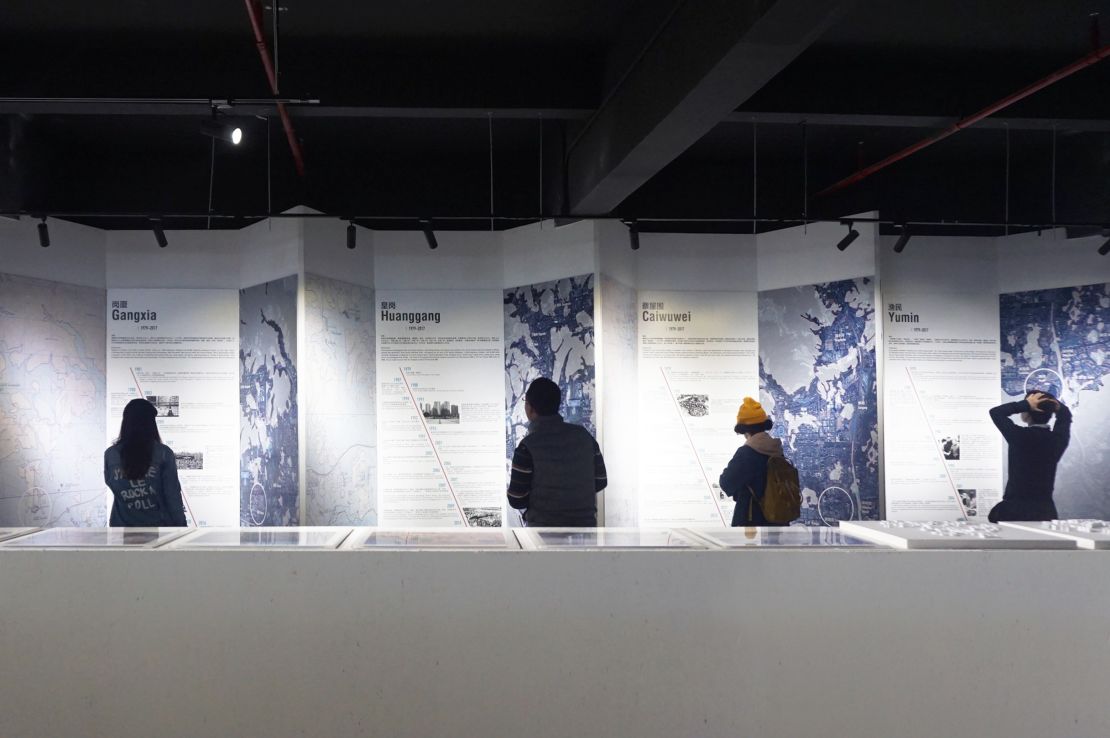
Meanwhile, in Shenzhen, where almost everyone’s a Chinese internal immigrant, people used to make money, then return to their provinces. Now, they’re settling down. That’s usually when culture enters the picture. At m.a.d.’s office, employees run the range of Shenzhen experiences – June Liu, who came from Henan 17 years ago, had lost money on her own business (“I think I’m not a good boss but I might be a good employee”); Catty Liu, who’d arrived from Hunan, also 17 years ago, had worked in sales in a factory; Iko Huang, a graduate who’d moved from the western edge of Guangdong 11 years ago, had been a factory boss’ assistant.
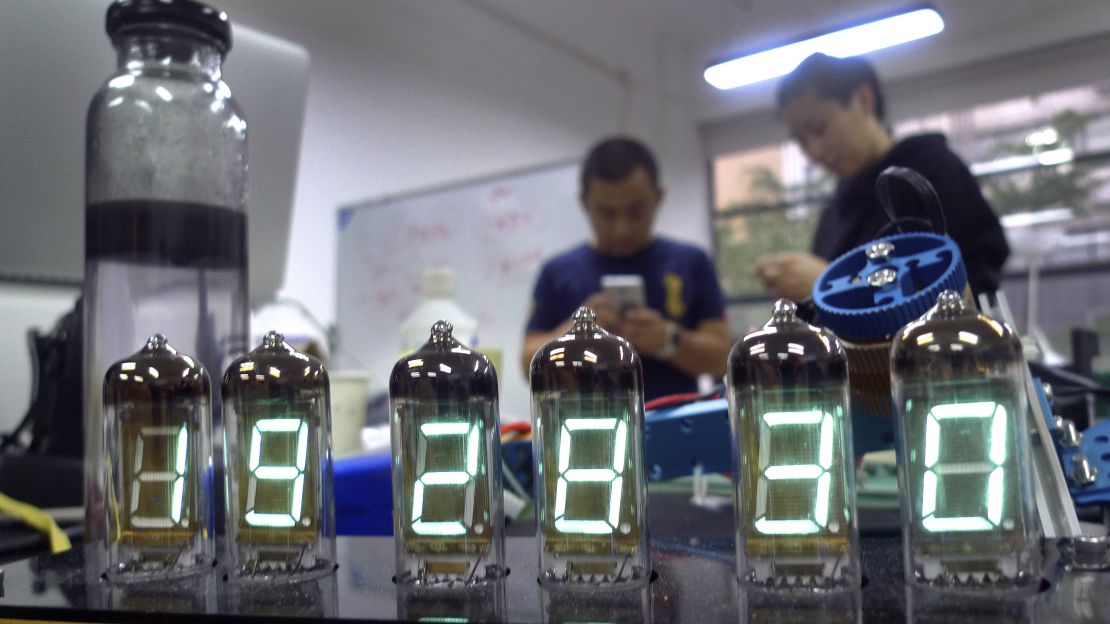
They liked, they said, the climate, the transportation, the food. When China relaxed its one-child policy in 2015, Catty decided – after a gap of 11 years – to have her second in Shenzhen “because the education is good and the parks are free.” They agreed on more abstract virtues. “Shenzhen is an immigrant city so it’s tolerant,” said June. “Some people teach you to be true to yourself,” said Iko, who attends New Age classes. OCT Loft – crucially combining creativity with shops and restaurants – was mentioned with approval.
Reform and opening museum
At Sea World, once visitors have explored the V&A Gallery and the Main Hall’s exhibition – Minding the Digital – they can also check out the Shekou Museum of Reform and Opening. It tracks the story of how Shekou, and, by association, Shenzhen, has developed.
In China, “reform” and “opening” are relative: a fortnight after Design Society’s press day, two artists taking part in the 2017 Bi-City Biennale of Urbanism\Architecture were detained for depicting a chair in a mural. Its design was simple: blue, wooden. Its value, as the authorities knew, lay in its symbolism. When the dissident Liu Xiaobo, who died in prison last July, was awarded the Nobel Peace Prize in 2010, a blue-cushioned empty chair marked his absence at the Oslo ceremony.
Juan Du, who was one of the curators of the?inaugural?Shenzhen Biennale in 2005 and is writing a book on the city, was showing an exhibit called “Massive Change” at the event. It charted the drastic transformation of Shenzhen through the histories of 10 agrarian villages that have become “urban villages,” informal?urban?neighborhoods?that houses the majority of the?city’s?lower-income working population.
“Three days after the opening of the biennale, I was informed that some ‘offensive’ phrases on my exhibit must be?removed,?as per?request by local?government authorities,” Du told CNN.?The offending language included “forced displacement,” “group protests,” and “physical confrontations.”
Du was pragmatic about the censorship: “A major exhibition with the theme of urban villages would not have been supported or allowed in Beijing, or perhaps any other major city in?China today.” At least Shenzhen tried.
On a media tour of the new Sea World building, designed at a cost of US$200 million by Japanese architect Fumihiko Maki, Bouman went up to the roof.
“This is the edge of mainland China, where the rest of the world begins,” he said, conjuring up actual, not magical, geography – a place on the cusp of creation.
In the haze, the Shenzhen Bay Bridge ran across the water, stitching together Shenzhen and Hong Kong. “I hope when you turn round what you see is Design Society,” he added.
Down in the bay a fishing boat appeared, like a ghost, as the cranes nodded in the sky.





















